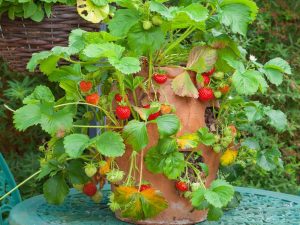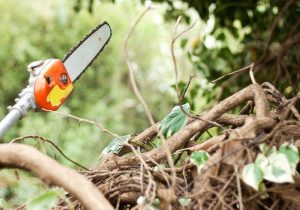Last Updated on August 7, 2024 by teamobn

Plants toxic to dogs can be a problem if you are a pet owner who happens to have a green thumb.
We all know that dogs will often get their snouts into places where they don’t belong. They will sniff, snuffle, and gnaw on just about anything they come across, from throw pillows in the living room to the odd piece of sidewalk rubbish.
While most of the things that catch your pet’s attention are harmless, there can be times when a dog seizes on something that it is poisonous.
Plants are among the dog’s favorite playthings, after all. The danger in a dog’s natural inclination to investigate things with its mouth is that there are hundreds of plants out there that are toxic to dogs.
Depending on the plant, the harmful toxin may be concentrated in the leaves, in the flowers, or throughout the entire plant.
“When you look in textbooks about the poisonous principles of plants, each plant has the ability to poison a number of different systems in the body,” says veterinarian Dr. David Neck.
10 Common House and Garden Plants Toxic to Dogs
Contents
Researchers in Italy have found that dogs are the most commonly poisoned pet species. Certain plants can cause your dog to exhibit symptoms ranging from respiratory problems to vomiting to a loss of consciousness.
Although most canine exposure to harmful plant toxins results in mild to moderate clinical symptoms, a little more than 10 percent of canine poisonings have resulted in fatalities.
Below are 10 common house and garden plants toxic to dogs. Lovely as these plants are, some of them can cause your pet pain and severe irritation. In extreme cases, plant poisoning can even kill a dog.

1. Aloe Vera
Aloe vera is popular among plant lovers. The plant requires little in the way of maintenance, has medicinal properties, and is an exotic addition to any indoor or outdoor garden.
Unfortunately, aloe is among the many plants toxic to dogs. The gel of the aloe plant, which people value for its soothing benefits, contains chemical components that make the plant toxic to dogs when consumed.
A dog that has ingested aloe will demonstrate symptoms such as lethargy and an upset stomach, including vomiting and diarrhea. If you decide to bring this plant into your home, keep it somewhere inaccessible to your dog.
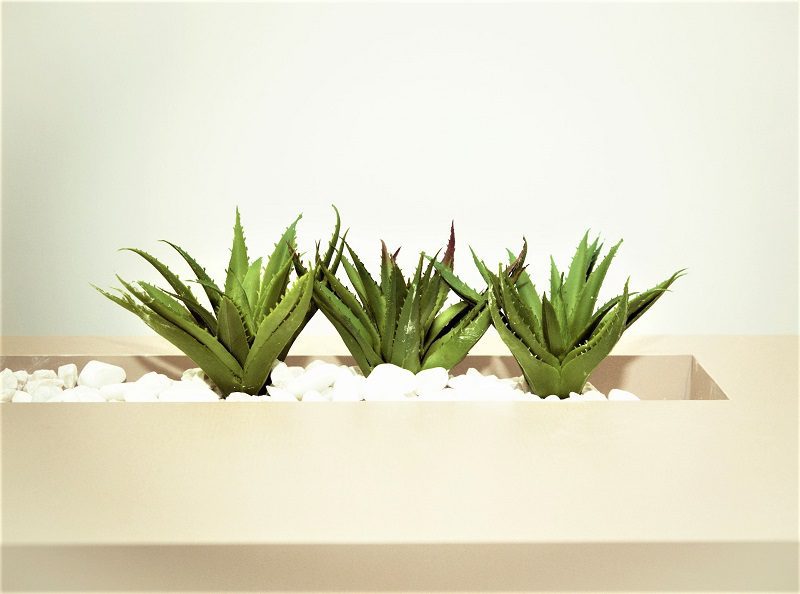
2. Golden Pothos
The twisting, meandering, ivy-like golden pothos is also among the long list of plants toxic to dogs. This plant contains insoluble calcium oxalates – glass-like crystals that can cause your dog to experience severe discomfort.
Ingestion typically brings on oral irritation, drooling, vomiting, and itching in dogs. The itch can sometimes lead to pain and an intense burning sensation around your pet’s mouth.
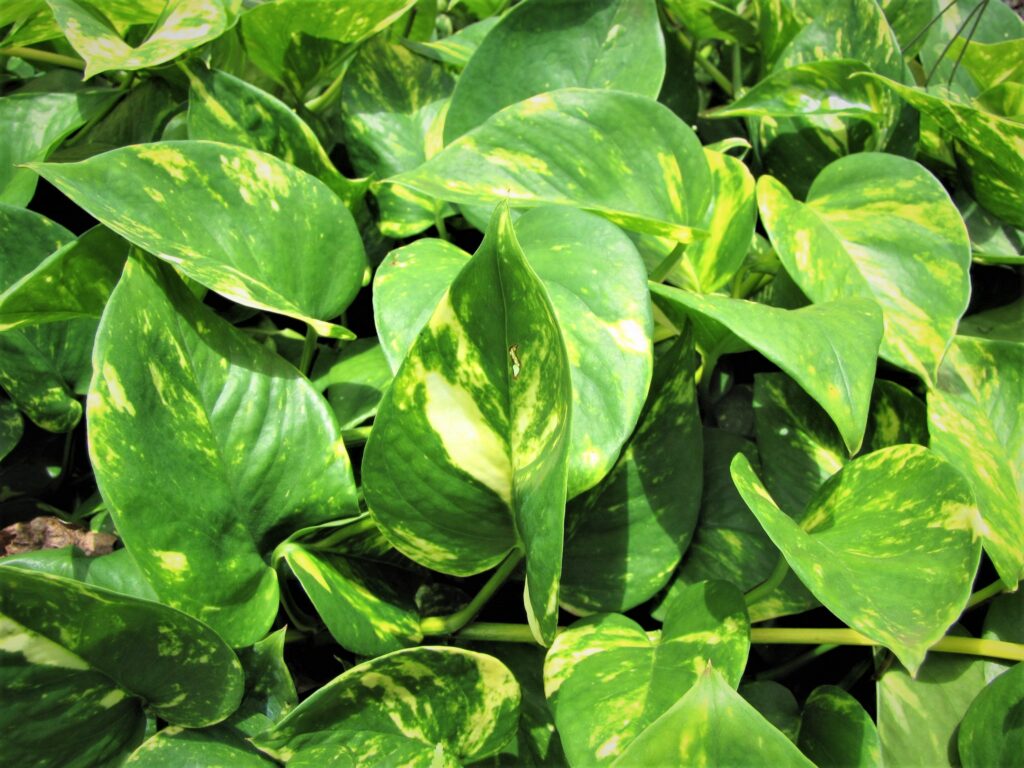
3. Milkweed
Gardening enthusiasts love the milkweed for its lovely purple and yellow flowers and its ability to attract beneficial insects – including monarch butterflies and tussock moths. But the milkweed is toxic to dogs.
Some species of milkweed contain cardiotoxins that affect a pet’s heart. Others contain neurotoxins that can interfere with organ function and a dog’s mental state.
Puppies that consume milkweed can develop depression, weakness, and diarrhea. Some have more intense reactions, such as seizures, respiratory difficulties, organ failure, and even death.

4. Sago Palm
The sago palm is leafy, beautiful, and easy to grow and maintain. This makes it a popular indoor plant. But the sago is high on the list of plants toxic to dogs. In fact, the ingestion of a single sago seed can be deadly for a dog.
“If consumed by your dog, the sago palm will cause severe vomiting, diarrhea, and abdominal pain, as well as stumbling, tremors, seizures, and temperature-regulation issues,” warns Christie Long, head of veterinary medicine at Modern Animal in West Hollywood, California.
Dogs that experience severe poisoning from consuming the sago plant usually experience liver failure. When untreated, this symptom can lead to far more serious problems.
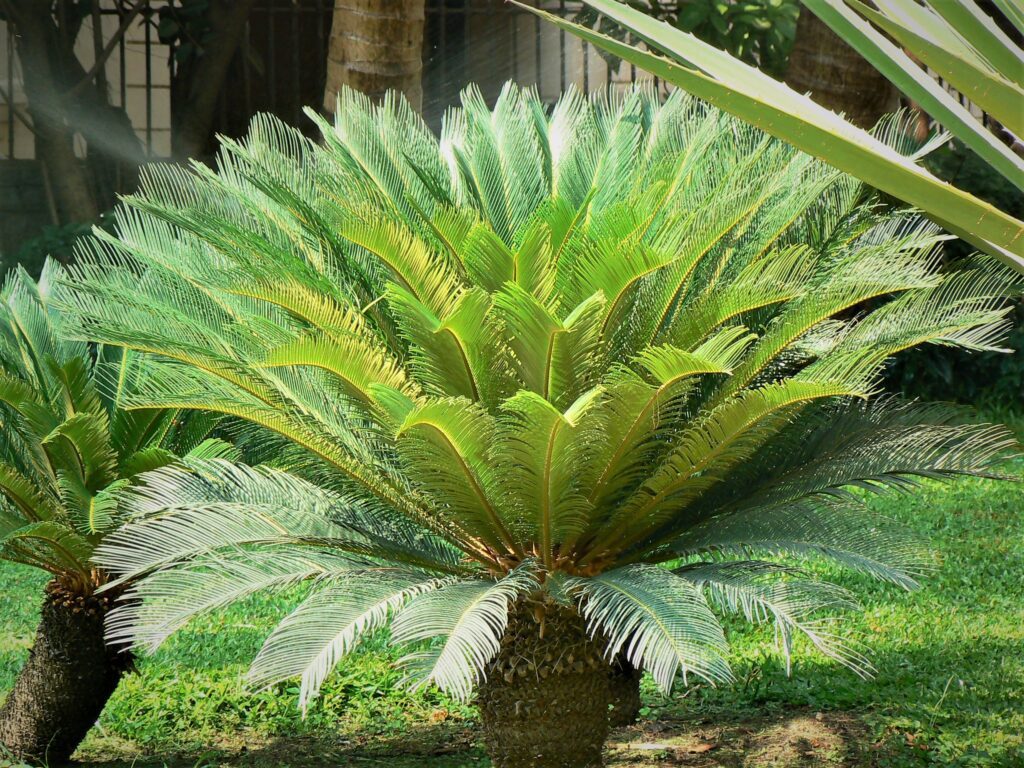
5. Azaleas
People love azaleas as they burst with vibrant color in the spring. Dogs find those same colors attractive and intriguing. Unfortunately, azalea is also toxic to dogs.
In fact, all parts of the azalea can poison a dog, be it the flowers, leaves, seeds, and even the honey that’s made from the plant’s nectar.

“When azaleas are consumed by your dog, it can result in hypersalivation, vomiting, diarrhea, muscle weakness, vision problems, slow heart rate, heart arrhythmia, low blood pressure, cardiovascular collapse, and possible death,” says veterinarian Shelly Zacharias, the vice president of medical affairs at Gallant, a pet stem cell banking company.
Some experts have recommended pink-hued bromeliad plants as a replacement for azalea. Bromeliads are just as colorful as azaleas and they are much safer for your pets.
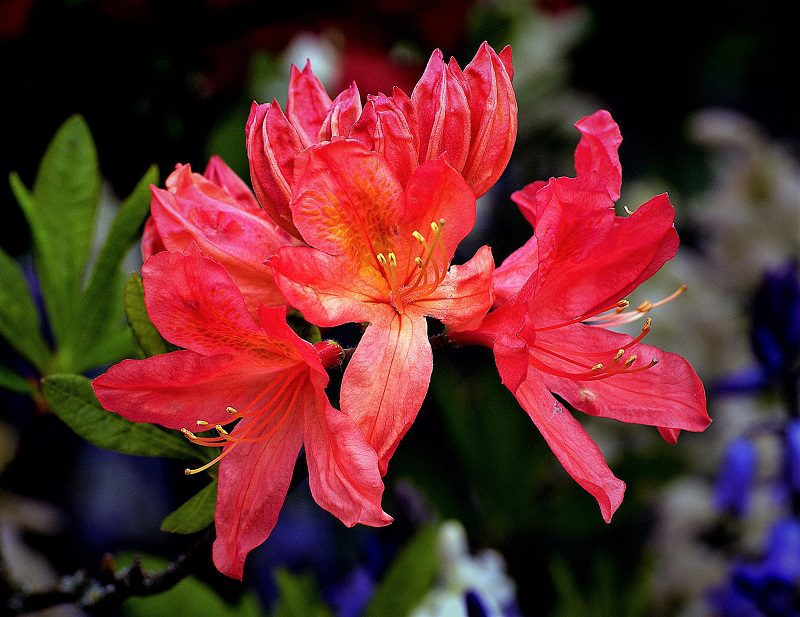
6. Tulips
Tulips are popular among gardening enthusiasts all over the world. But growing tulips in your garden can be problematic if you keep a pet dog. Tulips are among the many garden plants toxic to dogs.
Tulips contain glycosides, a chemical compound that can inhibit protein synthesis in the cells in your dog’s body when ingested. Overexposure to glycosides can even cause rashes in people.
The bulbs of the tulip are especially dangerous for your pets. The clinical signs of tulip poisoning include rashes, dry fur, blistering, and inflammation around the mouth and throat.
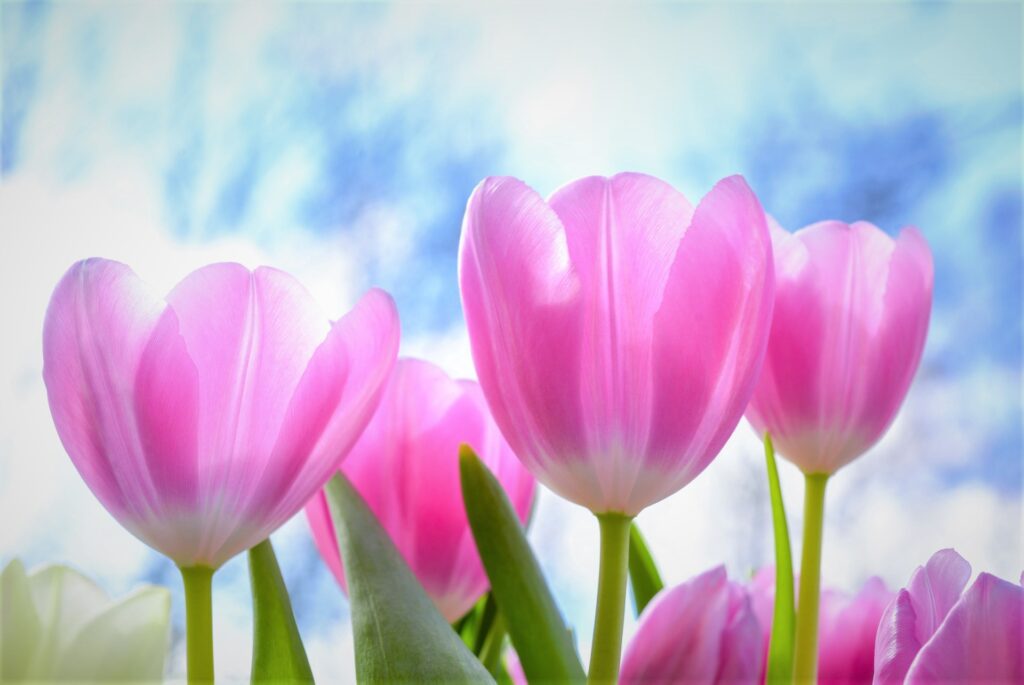
7. Lily of the Valley
Gardening enthusiasts love lilies of the valley for their sweet fragrance and their adorable little white bell-shaped flowers. These plants can also thrive in shady corners of your garden.
But lilies of the valley, too, are plants toxic to dogs. “Even a small exposure to any part of the plant can cause heart problems for dogs – changes in heart rate and rhythm,” says Dr. Laura Stern of the ASPCA.
Pooches that consume this plant may experience vomiting, disorientation, and seizures. Dogs have also been known to slip into comas after ingesting lilies of the valley.
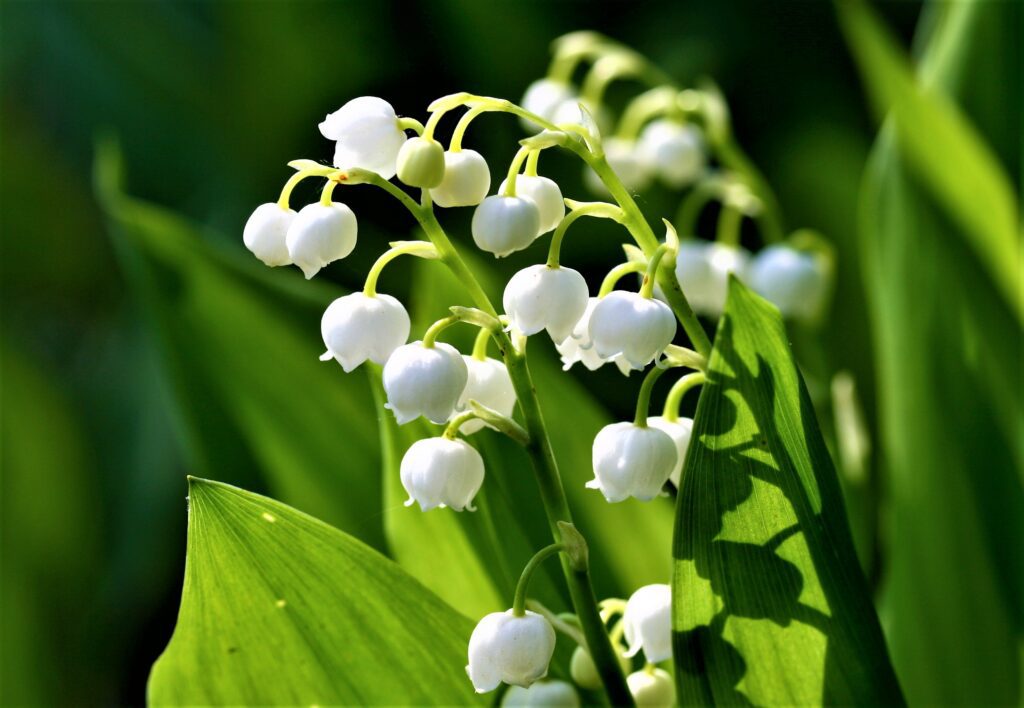
8. Oleander
The oleander is a common landscaping plant. This bushy shrub can grow as high as 12 feet. The plant is prized for its cluster of flowers, which bloom in shades of yellow, white, pink, and red. However it is also one of the plants toxic to dogs.
Every inch of the oleander plant can cause a dog a range of problems- from the flower petals to the pointed, long leaves. As other plants toxic to dogs, the oleander is mistaken to be safe for pets due to how common they are among many households.
“Like lily of the valley, oleander also contains cardiac glycosides,” Dr. Stern says, adding that dogs that ingest oleander will exhibit symptoms ranging from changes in heart rate to diarrhea to drooling. Some dogs even die from oleander poisoning, says Dr. Stern.
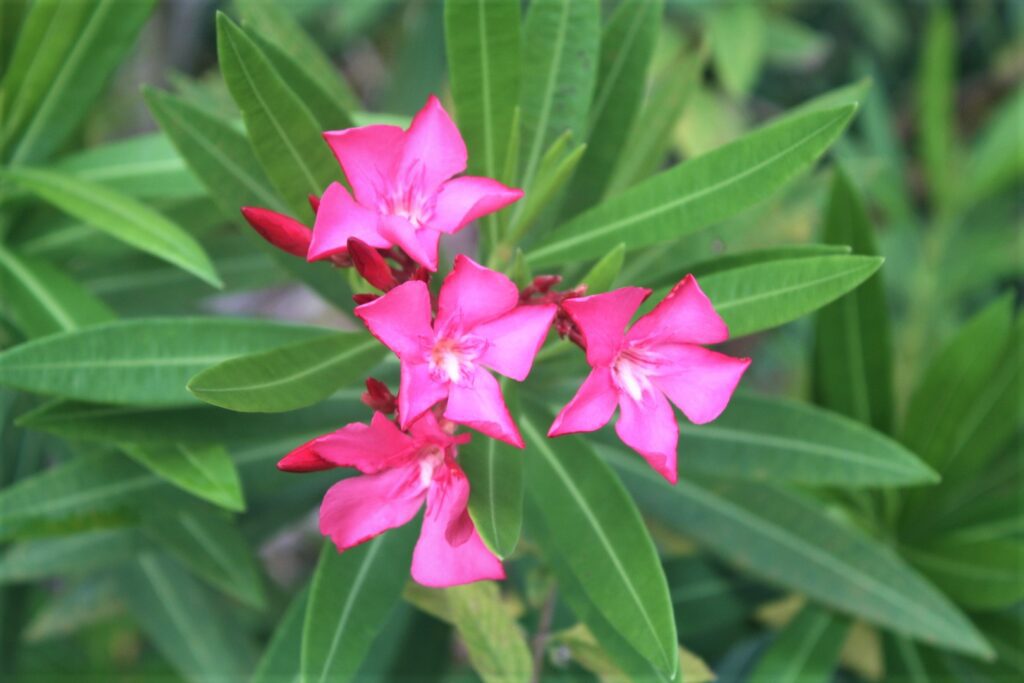
9. Dieffenbachia
Many plant lovers keep the dieffenbachia for a houseplant. This plant has lush green leaves with striking white spots or stripes. If you keep a pet dog, though, you should situate the plant high up on a shelf as it is one of the plants toxic to dogs.
Nibbling on the leaves of the dieffenbachia can cause a dog to experience a burning sensation in and around the mouth. This is because dieffenbachia contains the same calcium oxalate crystals found in the golden pothos.
A dog that ingests dieffenbachia will exhibit symptoms such as vomiting, drooling, and respiratory difficulties, says Dr. Ann Hohenhaus of the Animal Medical Center in New York City.
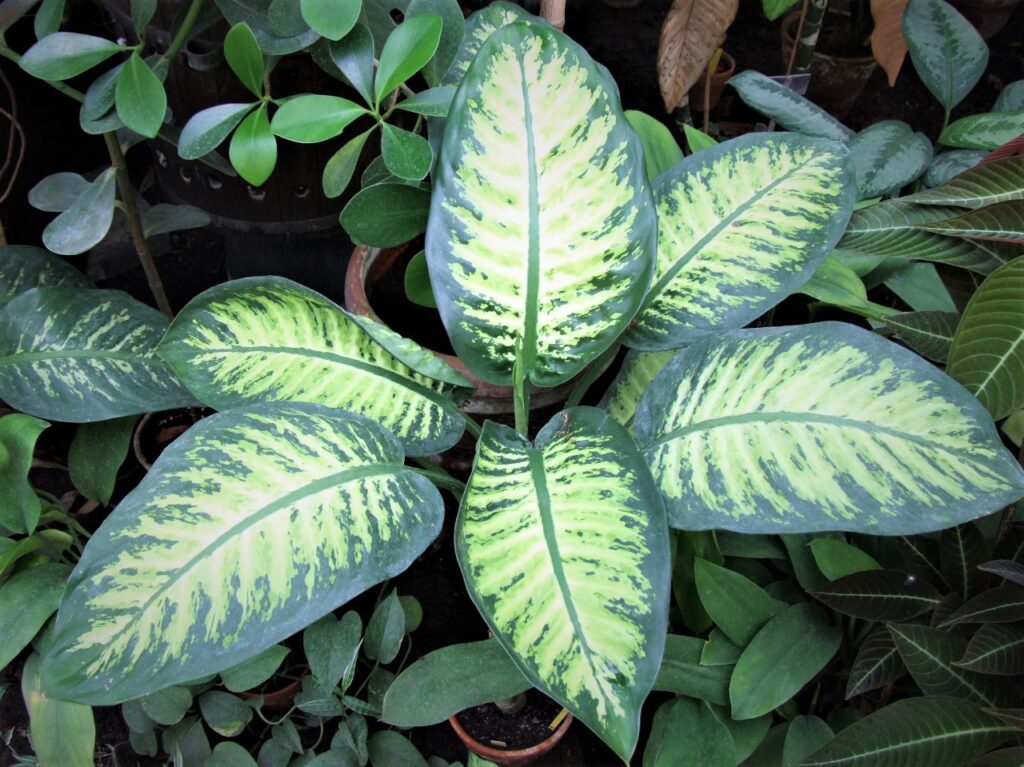
10. Cyclamens
Cyclamens are particularly beautiful plants, especially when they are in bloom. The blooms of this plant last long and come in every shade of pink.
This makes the cyclamen a popular houseplant, especially in the winter. But this one of the plants toxic to dogs. Ingestion can cause drooling, vomiting, and diarrhea.
Dogs that dig up and gobble the plant’s roots may experience heart problems, or even die, says Dr. Hohenhaus.
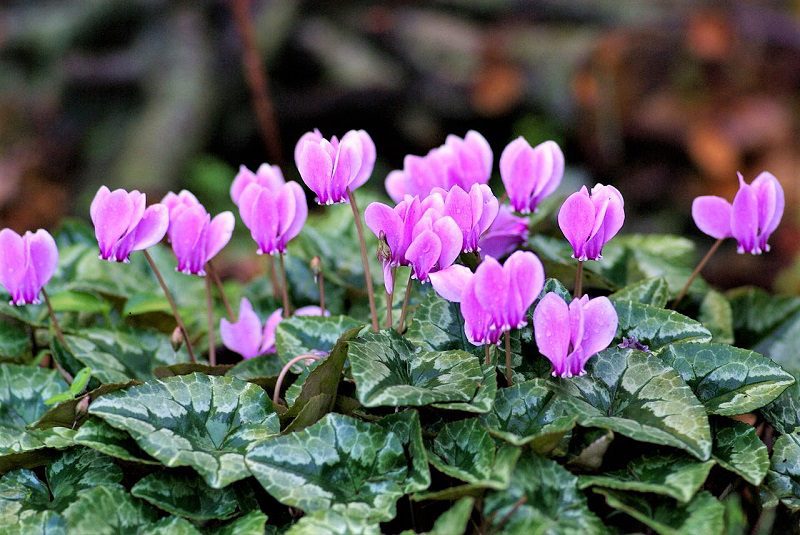
What to Do in Case of Canine Plant Poisoning
While the list above is far from complete, it should give you an idea of just how sensitive dogs are to the toxins contained in plants. Some experts even go so far as to advise dog owners to assume that all plants toxic to dogs.
If your dog eats a poisonous plant, you are likely to see at least one or two of the symptoms we have described above.
If you suspect that your pet has ingested plants toxic to dogs, don’t wait for symptoms to appear before calling the veterinarian. If you wait until then, it may well be too late to save your dog’s life by the time the vet arrives.
There are no specific tests to determine plant poisoning in dogs. So, provide your veterinarian with as much information as to why you suspect your dog has consumed a toxic plant.
Are you a pet owner who also loves to garden? If so, how do you keep your dog safe around the garden?
Tell us about it in the comment section below. We’d love to hear from you.
There are several flowers that are safe for pets. Check out some of these in our summer flower guide!




